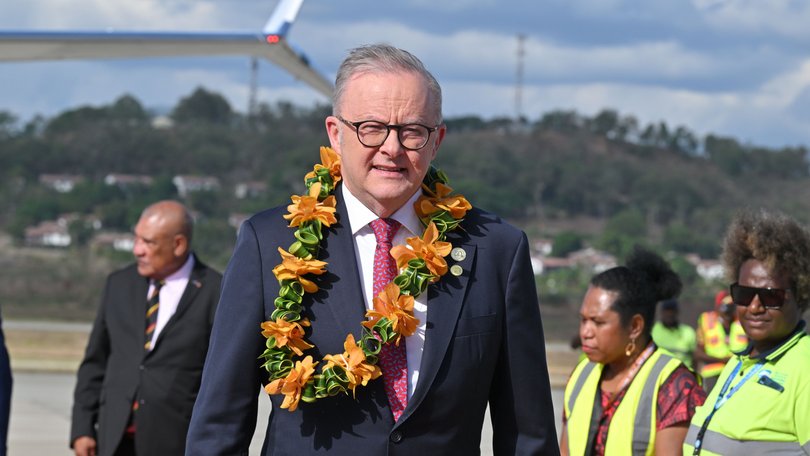Australia remains largest foreign aid donor in the Pacific as US, UK and New Zealand cut funding

Australia remains the largest foreign aid donor in the Pacific as other Western partners, including the US, the UK and New Zealand, cut funding.
The forecast of aid plateaus through to 2028, with Australia’s increasing infrastructure lending largely offsetting cuts by other donors, the Lowy Institute’s Pacific aid map reveals.
“Australia’s steady aid spending and rapid expansion in infrastructure lending looks set to cushion the Pacific from the impact of major donor cuts,” lead author Riley Duke said.
Sign up to The Nightly's newsletters.
Get the first look at the digital newspaper, curated daily stories and breaking headlines delivered to your inbox.
By continuing you agree to our Terms and Privacy Policy.“Australia’s dominant role in Pacific development is expanding.
“By 2028, it will likely deliver more than double the combined support of Japan, New Zealand, the United States, France, Germany, and the United Kingdom.”
The map tracked official development finance between 2008 and 2023, which revealed a 16 per cent dip of total funds to about $5.5 billion in 2023 compared to the previous year.
Preliminary data and forecasts have been used for 2024 through to 2028, following the Trump Administration gutting foreign aid and Australia stepping up to plug the gaps in the Pacific.
Australia makes up 43 per cent of official development finance in the region, four times more than New Zealand in second.
China has moved away from loan-financed infrastructure projects to grants and smaller community initiatives.
This has allowed Beijing to strengthen political and grassroots ties while spending remains flat.
“China now spends less than it did a decade ago, but its aid reaches far deeper into Pacific communities. Projects are smaller but more frequent and locally targeted,” Mr Duke said.
While the impact of USAID cuts in the region had been overstated, which played into China’s narrative of US unreliability, it had hurt Washington’s standing in the region, the aid map’s project lead Alexandre Dayant said.
“While Washington steps back, Beijing is winning something far more strategic: narrative dominance,” he said.
“For Australia, America’s withdrawal is more than inconvenient, it leaves Canberra increasingly alone in countering Chinese influence.”
The aid map collates data from more than 38,000 projects, worth more than $80 billion, from 76 development partners.
Australia is also working with south Pacific nations including Chile, Fiji, France, New Zealand, Papua New Guinea and Tonga to better respond to natural disasters in the region.
Defence Minister Richard Marles attended the 2025 South Pacific Defence Ministers’ Meeting in Chile, where members agreed to push ahead with a Pacific response group decided the previous year.
The next phase of the development will create a year-round, shared location model with New Zealand taking command of the regional headquarters for two years starting from mid-2026.
